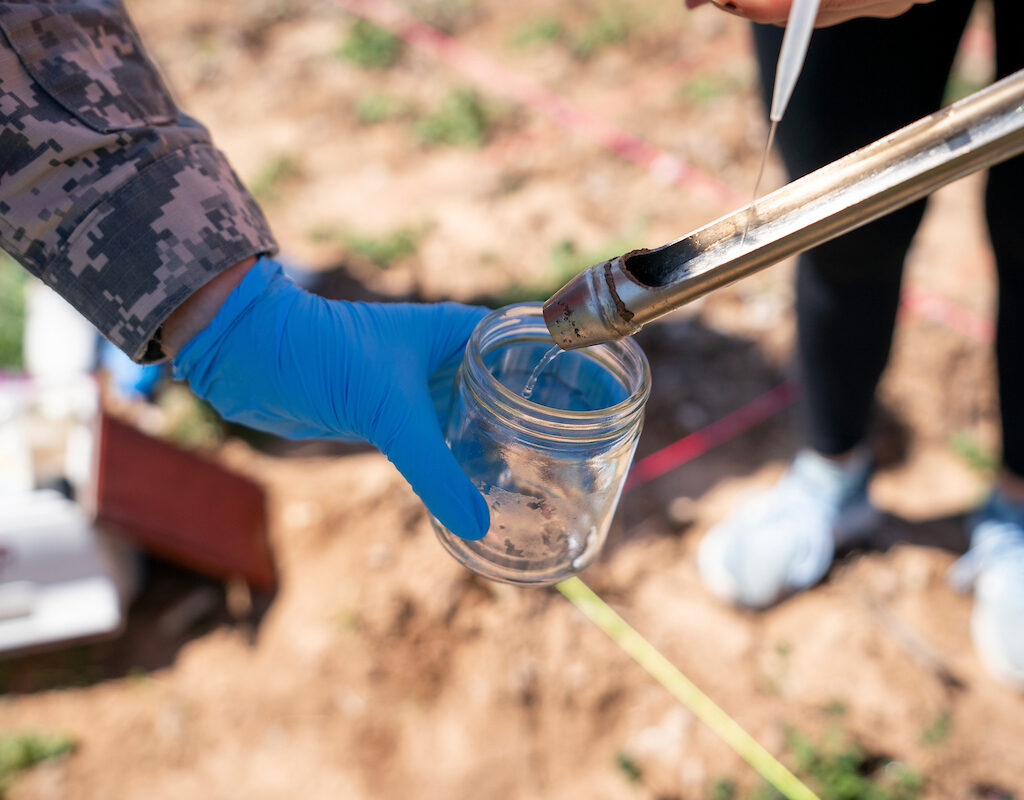Water is not only a vital resource for human survival but also essential for the health of our planet. Environmental sustainability and water conservation are intrinsically linked, and water testing plays a crucial role in both endeavors. In this article, we will explore the environmental impact of water testing and how it contributes to conservation efforts.

The Connection Between Water Quality and the Environment
Clean water is fundamental for the well-being of ecosystems and wildlife. The quality of water bodies, such as rivers, lakes, and oceans, directly impacts the health of aquatic life and the entire environment. Here’s how:
- Aquatic Ecosystems: Contaminated water can harm aquatic organisms, disrupt food chains, and lead to the decline of fish populations and other wildlife.
- Biodiversity: Healthy water bodies support diverse ecosystems, from microscopic organisms to large aquatic species. Poor water quality threatens this biodiversity.
- Cultural and Recreational Value: Clean and vibrant water bodies are essential for human recreation, cultural activities, and tourism, which often have environmental and economic significance.
How Water Testing Aids Conservation
Water testing contributes to environmental conservation in several key ways:
- Monitoring Water Quality: Regular water testing allows environmental agencies to monitor the quality of water bodies over time. This data helps identify trends, emerging contaminants, and potential sources of pollution.
- Early Detection of Issues: Water testing can detect the presence of contaminants or changes in water quality before they cause irreversible harm to ecosystems. This early detection enables prompt conservation efforts.
- Protection of Endangered Species: Many species of aquatic life are endangered or threatened. Ensuring clean water through testing helps protect these vulnerable species and their habitats.
- Preservation of Natural Resources: Clean water is a finite and invaluable natural resource. Water testing helps ensure its responsible use and preservation for future generations.

Environmental Conservation Measures
Here are some measures that can be taken based on water testing results to promote environmental conservation:
- Pollution Prevention: Identifying pollution sources through water testing allows for targeted efforts to reduce or eliminate contamination, safeguarding aquatic environments.
- Habitat Restoration: When water testing reveals degraded water quality, habitat restoration projects can be initiated to revitalize ecosystems and support biodiversity.
- Water Management: Data from water testing informs water resource management decisions, including sustainable allocation and usage practices.
- Educational Initiatives: Water testing results can be used to educate communities and raise awareness about the importance of water conservation and responsible water use.
Conclusion
Water testing is not just a tool for ensuring safe drinking water; it is a vital component of environmental conservation efforts. By monitoring and maintaining the quality of our water bodies, we can protect ecosystems, safeguard biodiversity, and ensure that clean water remains accessible to all living beings on Earth.
As global awareness of environmental issues continues to grow, the role of water testing in preserving our planet’s natural resources becomes increasingly significant. It is an integral part of our responsibility to leave a healthier and more sustainable world for future generations.
Frequently Asked Questions
How can individuals contribute to water conservation efforts?
Individuals can conserve water by reducing usage, fixing leaks, adopting water-efficient appliances, and participating in local water conservation initiatives.
Are there international agreements for water conservation?
Yes, international agreements like the United Nations’ Sustainable Development Goals include targets related to water conservation and sustainable water management.
What is the impact of industrial pollution on water quality?
Industrial pollution can introduce various contaminants into water bodies, including heavy metals, chemicals, and toxins, which can have detrimental effects on both aquatic life and the environment.
How does climate change affect water conservation efforts?
Climate change can lead to shifts in precipitation patterns, droughts, and altered water availability, making effective water conservation and management even more critical.
What role do governmental agencies play in water conservation?
Governmental agencies are responsible for regulating and managing water resources, implementing environmental protection measures, and enforcing water quality standards to support conservation efforts.
Author Bio
Mr. Parthiv Kinariwala is a leading expert in calibration and testing services, with over 20 years of experience in the industry. As the founder of Prism Calibration, established in 2004, Mr. Kinariwala has been at the forefront of delivering precise and reliable calibration, testing, and validation solutions across various industries. His expertise in providing services that meet international calibration standards has earned the trust of major clients, including Reliance Industries, Zydus Cadila, Indian Oil, ONGC, Adani, and Tata.
With a deep understanding of instrumentation, measurement accuracy, and industrial testing, Mr. Kinariwala ensures that each client receives exceptional service tailored to their specific needs. His unwavering commitment to quality and precision has established Prism Calibration as a trusted partner for some of the largest and most respected organizations in the industry.







